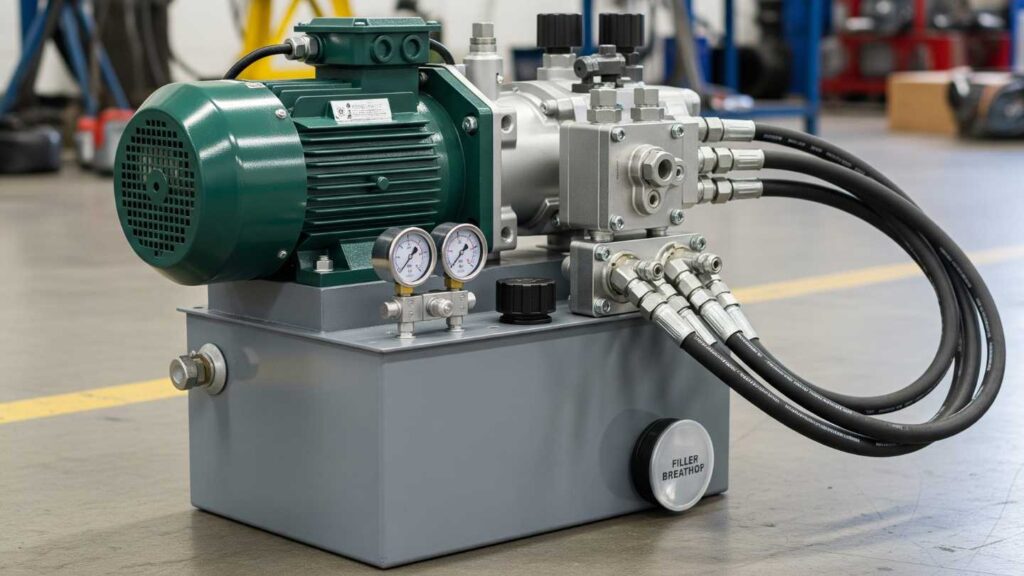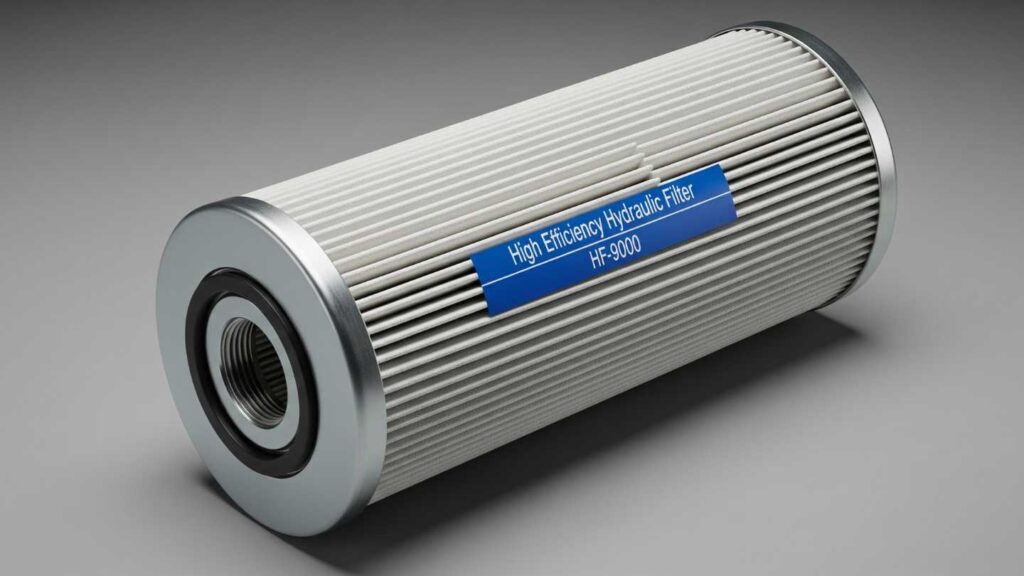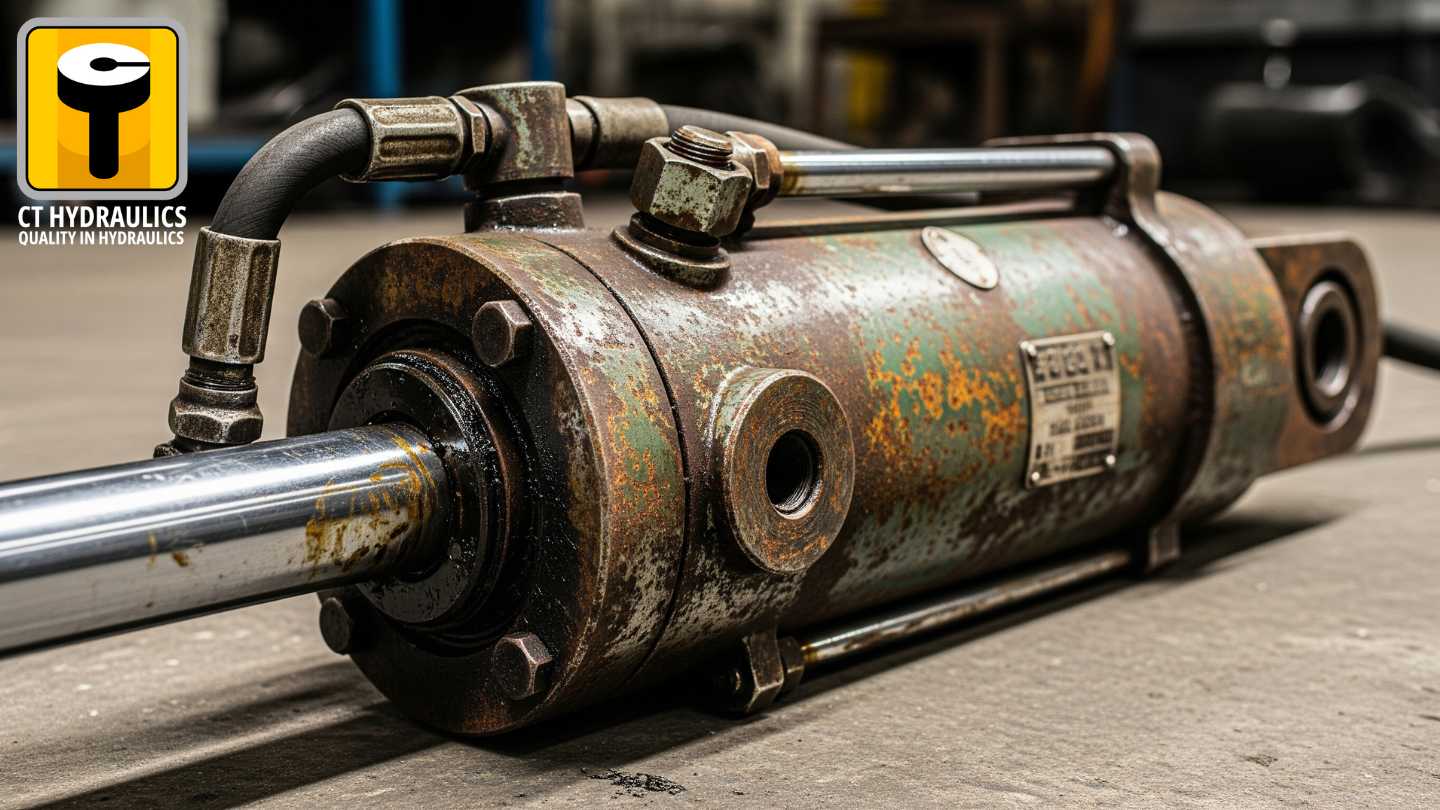In the world of engineering, there’s a constant drive to get more out of existing equipment. For those of you working with hydraulic or pneumatic systems, you know that keeping your machinery running at peak performance balances productivity and cost. As systems age, they often become less efficient, requiring more energy and more frequent repairs. The good news is that you don’t always need to invest in an entirely new machine to solve these problems. Hydraulic system upgrades offer a smart, strategic way to revitalise your equipment, enhance its capabilities, and significantly reduce long-term operational costs.
This isn’t about quick fixes; it’s about making calculated improvements that pay for themselves over time. By targeting specific components and introducing modern technology, you can turn a dated system into a high-performance asset. This article will guide you through the key areas where upgrades make the most impact, helping you make informed decisions that benefit your bottom line.
Why Consider Hydraulic System Upgrades?
Before we dive into the “what,” let’s talk about the “why.” You might be thinking that a functioning system doesn’t need to be touched. However, a system that’s merely “working” might be quietly costing you a fortune. Older components can be inefficient, wasting a surprising amount of energy through heat generation and unnecessary pressure. This energy waste translates directly to higher power bills and increased wear on your system’s components, leading to more frequent breakdowns.
By proactively pursuing hydraulic system upgrades, you can achieve a range of benefits:
- Improved Energy Efficiency: Modern components, like load-sensing pumps and variable-speed drives, can drastically cut down on power consumption by only providing the exact amount of flow and pressure needed at any given moment.
- Enhanced Reliability: Replacing worn-out parts before they fail can prevent costly, unexpected downtime. A well-maintained and upgraded system is a reliable system.
- Reduced Maintenance Costs: New materials and designs in components like seals and hoses can extend their lifespan, meaning fewer replacements and less time spent on repairs.
- Increased Productivity and Control: Upgrading to advanced proportional or servo valves and modern control systems allows for finer control over movements, resulting in a higher quality product and faster cycle times.
In essence, these upgrades are an investment in your equipment’s future, helping you save money and improve performance simultaneously.

Key Areas for Effective Hydraulic System Upgrades
Upgrading a hydraulic system doesn’t mean gutting the entire machine. Often, the most significant gains come from focusing on a few key areas.
Pumps and Power Units
The pump is the heart of any hydraulic system. If you’re still using a fixed-displacement pump in an application with variable load cycles, you’re likely wasting a considerable amount of energy. Modern variable-displacement pumps can adjust their output to match the system’s demand, which is far more efficient.
Upgrading the entire power unit can also be a game-changer. For example, integrating a variable speed drive (VSD) with a fixed pump allows the motor to slow down during low-demand periods, saving energy and reducing noise. This type of upgrade is one of the quickest ways to see a return on your investment.
Valves and Control Systems
Precision is paramount in modern applications, and outdated control valves can be a bottleneck. If your system requires precise speed or position control, upgrading from a simple on/off valve to a proportional or servo valve is a no-brainer. These valves allow for a continuous range of control, which is essential for tasks like robotic automation or fine-tuning material handling.
Upgrading the electronic controls provides operators with better diagnostics, remote monitoring capabilities, and the ability to program complex motion profiles that would be impossible with older technology.

Filtration and Fluid Management
Contamination is the silent killer of hydraulic systems. Over time, even with a basic filter, tiny particles and moisture can build up in the fluid, leading to accelerated wear on pumps, motors, and valves.
One of the most effective hydraulic system upgrades you can make is to improve your filtration. By installing a finer, more efficient oil filtration system, you can extend the life of your hydraulic fluid and all the components it touches.
This kind of upgrade is about prevention, not just repair. Regular fluid analysis in conjunction with an upgraded filtration system will help you catch problems early and save you from the high cost of a complete system failure.
Cylinders, Seals, and Hoses
Even the most robust cylinders can eventually wear down. Upgrading to cylinders with more advanced sealing technology or higher-quality materials can improve their longevity and performance. Similarly, replacing old hoses with modern, high-pressure, and high-abrasion-resistant alternatives can prevent leaks and improve safety.
For applications requiring extreme durability, a hard chrome coating on cylinder rods is a popular upgrade. Our services at CT Hydraulics include chroming, which provides a hard, corrosion-resistant surface to enhance component lifespan and performance.
Comparing Old vs. Upgraded Systems
To put things into perspective, here is a simple comparison of a typical older system versus one that has undergone strategic upgrades.
Component Area | Older System (e.g., 10+ years old) | Upgraded System (Modern Components) |
Pump | Fixed displacement, runs at full speed all the time, generating excess heat and wasting energy. | A load-sensing variable displacement pump that only provides flow on demand. |
Control | Manual or basic solenoid valves with simple on/off control. | Proportional or servo valves with advanced electronic controls for precise speed and position. |
Filtration | Standard return line filter, often replaced only when clogged. | High-efficiency filtration system with indicators for proactive replacement and contamination monitoring. |
Seals | Standard rubber seals, prone to degradation and premature failure under high pressure or temperature. | High-performance, low-friction sealing solutions made from advanced materials for extended service life. |
Energy Use | High, consistent energy consumption regardless of the load, leading to high electricity bills. | Energy consumption is directly tied to the load, resulting in significant electricity cost savings. |
Diagnostics | Manual pressure gauges and basic visual checks. | Integrated sensors and remote monitoring for real-time performance data and predictive maintenance. |
Ready to Explore Your Upgrade Options?
Investing in hydraulic system upgrades is a proactive strategy that offers significant returns. It’s about more than just repairing a broken part; it’s about improving the entire system’s efficiency, reliability, and lifespan. By partnering with a company that understands both the old and new technologies, you can ensure a seamless transition and maximum benefit.
At CT Hydraulics, we offer a wide range of components and services to help you modernise your machinery. From high-quality hydraulic motors and pumps to advanced oil filtration systems, our product range is designed to boost your system’s performance. Our expert engineers can even help with the design and planning of your next upgrade.
Ready to take the next step? Explore our full range of hydraulic products and engineering services today. For a personalised consultation or to learn more about how we can help you boost performance and save money, contact us directly and speak to one of our specialists. You can also visit our blog to read other articles, such as “Choosing the Right Hydraulic Cylinders for Your Application”, to further enhance your knowledge base.

